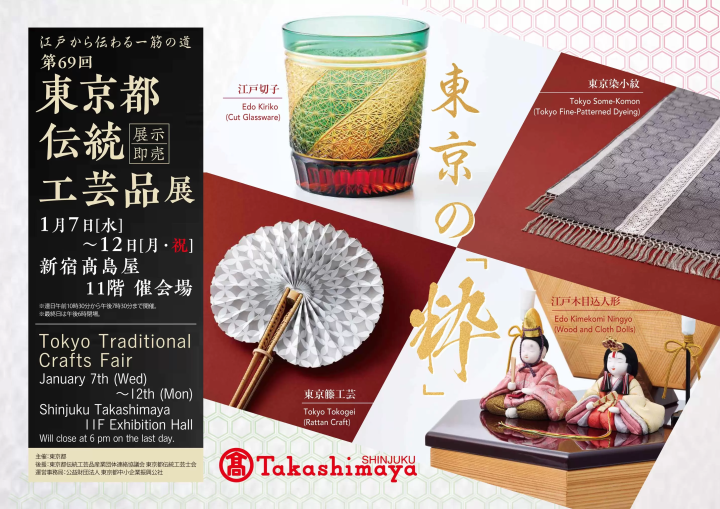[Kyoto] Gold-Guide's recommendations for a quiet stay in Kyoto and the soothing Daigoji Temple
![[Kyoto] Gold-Guide's recommendations for a quiet stay in Kyoto and the soothing Daigoji Temple](https://resources.matcha-jp.com/resize/720x2000/2025/06/23-237219.webp)
Kyoto has 17 World Heritage sites and is a very popular tourist destination both in Japan and overseas, so it is crowded every day, but if you choose the right time and place, you can enjoy the charm of Kyoto at a leisurely pace. This time, Gold-Guide will introduce you to the recommended tourist spot for this time of year, Daigoji Temple.
Gold-Guide is a guide matching platform operated by JR West Communications Co., Ltd., which matches tourists visiting Japan with highly skilled interpreter guides and provides guided tours.
-
Table of Contents
- 1. Daigoji Temple: A History of Over 1,100 Years
- 2. Kami-Daigo and Shimo-Daigo
- 3. What are the highlights of Daigoji Temple?
- Highlight 1: Five-story pagoda
- Highlight ② Main Hall
- Highlight 3: Sanboin Garden
- 4. Access to Daigoji Temple from Kyoto
- 5. A special healing area in Daigoji Temple recommended by Gold-Guide!
- Recommendation 1: Muryojuen
- Recommendation 2: "Juan" - A relaxing cafe
- Recommendation 3: Sanboin Temple, an absolute must-see!
1. Daigoji Temple: A History of Over 1,100 Years
![[Kyoto] Gold-Guide's recommendations for a quiet stay in Kyoto and the soothing Daigoji Temple](https://resources.matcha-jp.com/resize/720x2000/2025/06/23-237223.webp)
Daigoji Temple was founded in the 9th century by Shoho, a disciple of Kukai, Japan's most active monk and the founder of Shingon Buddhism. Daigoji Temple covers an area of 6.6 million square meters and is divided into Kami Daigo at the top of the mountain and Shimo Daigo at the base of the mountain. The vast temple grounds, surrounded by nature, are dotted with many historical structures, including the five-story pagoda, a national treasure. A long history and culture live on within this vast site and rich nature.
2. Kami-Daigo and Shimo-Daigo
Shugendo: Kami-Daigo
![[Kyoto] Gold-Guide's recommendations for a quiet stay in Kyoto and the soothing Daigoji Temple](https://resources.matcha-jp.com/resize/720x2000/2025/06/23-237236.webp)
Daigoji Temple begins in the Kami-Daigo area. In this area, you can find the Yakushido Hall, a national treasure, the Kiyotaki-gu Haiden Hall, the Kaisan-do Hall (Important Cultural Property) where the founder's sacred treasures are enshrined, Nyoirin-do Hall (Important Cultural Property), and other important cultural properties. From there, you can see Osaka including Osaka Castle, and if you're lucky, you might even be able to see the Akashi Kaikyo Bridge. This is also a training center for Shugendo, and when you immerse yourself in the rich natural surroundings of the sound of the wind blowing across the valley, the chirping of birds, the scent of fresh greenery, and the autumn leaves, you can use your five senses to feel a sense of unity with nature, that you are alive in it, the connections between people, and that all life is connected.
Daigo Water
![[Kyoto] Gold-Guide's recommendations for a quiet stay in Kyoto and the soothing Daigoji Temple](https://resources.matcha-jp.com/resize/720x2000/2025/06/23-237234.webp)
Kami-Daigo is located about an hour from Nyonin-do, the trailhead, from Shimo-Daigo. As it is a Shugendo trail, you will arrive after passing through a rough mountain path. As you walk further into the mountain, Daigo water, which still flows abundantly, quenches the thirst of worshippers. There is a story behind this water. One day, Shoho, who founded Daigoji Temple, was led to the top of the mountain by a five-colored cloud and met an old man drinking the water. Shoho, who loved this place very much, asked the old man if he could build a temple there. In fact, the old man was the guardian deity of this land, and he allowed the temple to be built there and promised to protect it. The water the old man drank at that time is called "Daigo water" and still flows without drying up. If you visit Kami-Daigo, be sure to try it. It's so delicious that the Japanese word "daigomi" (the joy of eating it) was created.
Buddhist Architecture: Shimo-Daigo
![[Kyoto] Gold-Guide's recommendations for a quiet stay in Kyoto and the soothing Daigoji Temple](https://resources.matcha-jp.com/resize/720x2000/2025/06/23-237238.webp)
Enter through the main gate and pass through the Niomon gate in front of you to find the vast Shimo-Daigo area. The Shimo-Daigo area, where you can appreciate beautiful Buddhist architecture, is dotted with many national treasures and important cultural properties, such as the National Treasure Five-Story Pagoda, the Kondo Hall which was moved all the way from Wakayama by order of Hideyoshi, the West Gate, and the Reihokan Museum. This is a rare area where you can get up close and personal with highly historically valuable structures.
The best part of cherry blossom viewing
![[Kyoto] Gold-Guide's recommendations for a quiet stay in Kyoto and the soothing Daigoji Temple](https://resources.matcha-jp.com/resize/720x2000/2025/06/23-237235.webp)
When we think of people-pleasers in the Sengoku period, we think of Toyotomi Hideyoshi. At the end of the 16th century, Toyotomi Hideyoshi, said to be the most successful man in Japan, held a large-scale cherry blossom viewing party at Daigoji Temple. It is well-known that this event took place just five months before Hideyoshi's death. Hideyoshi started out as a farmer's son, became a samurai, and eventually became the most powerful man in Japan, even controlling the Emperor. Sensing that his death was near, the head priest of Daigoji Temple proposed a cherry blossom viewing party as a glamorous and fun event that would suit his tastes. Of the 1,300 guests invited, only a few were men. It is said that 99.9% were his wife, concubines, and the wives and maids of his vassals. Hideyoshi, a people-pleaser, was also good at winning the hearts of women. Hideyoshi also ordered these women to change clothes twice on the day, so the women who attended had to buy at least three new kimonos. The hearts of the women wondering what kimono to wear on this special occasion must have been as colorful as the 700 cherry trees planted for this one day of cherry blossom viewing.
3. What are the highlights of Daigoji Temple?
What kind of places are worshippers visiting in the vast Daigoji Temple?
Highlight 1: Five-story pagoda
One of the highlights of Daigoji Temple is the National Treasure five-story pagoda, built during the Heian period. It was completed in 951 to pray for the repose of Emperor Daigo's soul. It is the oldest structure in Kyoto Prefecture, and the murals inside are said to be the source of Japanese esoteric Buddhist paintings.
Highlight ② Main Hall
![[Kyoto] Gold-Guide's recommendations for a quiet stay in Kyoto and the soothing Daigoji Temple](https://resources.matcha-jp.com/resize/720x2000/2025/06/23-237233.webp)
The main hall was originally relocated from Yuasa Town in Wakayama Prefecture. This relocation was undertaken as part of the preparations for the "Daigo Cherry Blossom Viewing" event that Toyotomi Hideyoshi held in his later years. The hall that was in Yuasa was transported to Kyoto by sea and river under the instructions of a monk at the time. This main hall was relocated with the architectural style of the Momoyama period incorporated into it, based on its scale that was expanded during the Kamakura period, making it a valuable piece of architecture that retains strong traces of the "Japanese style" of the Heian period. The worship space inside and the structure for enshrining the principal image are also distinctive, and it remains a popular place of faith for many worshippers even today.
Highlight 3: Sanboin Garden
![[Kyoto] Gold-Guide's recommendations for a quiet stay in Kyoto and the soothing Daigoji Temple](https://resources.matcha-jp.com/resize/720x2000/2025/06/23-237237.webp)
Sanboin was founded in 1115 by Sojo Shokaku, the 14th abbot of Daigoji Temple. It serves as the main temple of Daigoji Temple and is where past abbots reside. Most of the current Sanboin buildings are designated as Important Cultural Properties. Sanboin Garden, a nationally designated Special Historic Site and Special Place of Scenic Beauty, was designed by Toyotomi Hideyoshi himself in 1598 for the Daigo Cherry Blossom Viewing Event, and even today it conveys the gorgeous atmosphere of the Momoyama period.
Omote Shoin
The Omote Shoin, which faces the garden, is a unique building that incorporates the style of the Heian period Shinden-zukuri style, with a balustrade around the veranda and a built-in fountain in the southwest corner, and is made up of a lower, middle and upper room. The lower room is also known as the "Agebutai no Ma" (Age Stage Room), and when the tatami mats are raised, it becomes a Noh stage. The middle and upper rooms are one step higher than the lower room, allowing visitors to look down on Noh and Kyogen performances from an elevated position. The sliding screen paintings in the upper room have a theme of willows in all four seasons. The sliding screen paintings in the middle room depict landscapes of the mountains and fields, and the sliding screen paintings in the upper and middle rooms are said to be works by the school of Hasegawa Tohaku. The sliding screen paintings in the lower room are by Ishida Yutei, and depict peacocks and cycads.
4. Access to Daigoji Temple from Kyoto
By car
●Approx. 20 minutes from Meishin Expressway "Kyoto Higashi" ●Approx. 30 minutes from Meishin Expressway "Kyoto Minami" ●Approx. 15 minutes from Hanshin Expressway "Yamashina"
●About 25 minutes from Uji East on the Keiji Bypass
If you go by train
1. From JR Kyoto Station, take the JR Tokaido Main Line (Biwako Line) or Kosei Line for about 5 minutes to Yamashina Station. Transfer to the Kyoto Municipal Subway Tozai Line and get off at Daigo Station, about 10 minutes away. From there, it's a 10-minute walk.
2. Transfer to the Tozai subway line at JR Nara Line or Keihan Rokujizo Station, and get off at Daigo Station, about 5 minutes away. From there, it is a 10-minute walk.
If you go by bus
Take the Kyoto Daigoji Line from Kyoto Station Hachijo Exit H4 bus stop for about 30 minutes and get off at the Daigoji bus stop. It's right in front of you.
5. A special healing area in Daigoji Temple recommended by Gold-Guide!
The other day, I visited Daigoji Temple early in the morning after the rain! There are many temples in Kyoto with beautiful moss, but the beauty of the moss at Daigoji Temple is exceptional. During the cherry blossom and autumn foliage seasons, the temple is crowded with people, but this early summer season is sparsely populated, making it a recommended time to enjoy Daigoji Temple to the fullest.
Recommendation 1: Muryojuen
When you arrive at Daigoji Temple, first enter through the main gate, glimpse the gorgeous Karamon gate that is so typical of Hideyoshi, and proceed to the very back of the Shimo-Daigo area while there are still few visitors. You will reach Muryojuen Garden. A world of tranquility that seems unreal, with moss-covered ground and stone bridges, awaits you. The green autumn leaves are so beautiful! It is quite rare to see such a sparsely populated place among Kyoto temples.
![[Kyoto] Gold-Guide's recommendations for a quiet stay in Kyoto and the soothing Daigoji Temple](https://resources.matcha-jp.com/resize/720x2000/2025/06/20-236996.webp)
Recommendation 2: "Juan" - A relaxing cafe
In this special healing area, there is also a relaxing cafe. Be sure to stop by the Ajari dormitory "Juan" near Bentendo. Once you enter the cafe space, sit at a seat separated from the veranda at the back by a shoji door. You can enjoy the greenery outside through the glass set low in the shoji door, or through the large Taisho-style glass that separates it from the outside.
They have light meals such as yuba rice bowls and yuba curry, but warabi mochi, zenzai, ice cream, cakes, matcha green tea, coffee, etc. are also delicious. If you're tired, take a break and eat something sweet!
![[Kyoto] Gold-Guide's recommendations for a quiet stay in Kyoto and the soothing Daigoji Temple](https://resources.matcha-jp.com/resize/720x2000/2025/06/20-236997.webp)
Recommendation 3: Sanboin Temple, an absolute must-see!
Now that you've recharged your energy, head through the Niomon Gate while admiring the National Treasure Five-Story Pagoda and Kondo Hall, and stop by Sanboin Temple, whose garden Hideyoshi is said to have been involved in designing. Hideyoshi's cherry blossom viewing was apparently planned by planting cherry trees around here and looking down on them from Kami-Daigo on the mountain. Sit down on the floor and look out over the garden, which is decorated with "Fujito Stone", a stone that is characteristic of Hideyoshi and a military commander, and think about the life of Hideyoshi, who was born the son of a poor farmer but ultimately became the most powerful man in Japan.
"Dew falls and dew disappears. The things of Naniwa are but a dream within a dream." (Hideyoshi's death poem)
The power of fresh greenery has given me energy! I'll do my best again tomorrow.
Please do go and check it out!
Gold-Guide guides update their information daily even on their days off, so that they can respond to a wide variety of customers. Join a Gold-Guide tour to create wonderful memories in Japan!
Click here for a list of Gold-Guide guides!
Check out the Gold-Guide platform here!
[Gold-Guide] is a platform that matches tourists visiting Japan with excellent interpreter guides and offers guided tours. We provide memorable guided tours for customers looking for a special experience in Japan. We want to share the charm of Japan with people all over the world.
The contents on this page may partially contain automatic translation.



![[Gold-Guide] The biggest attraction is the excellent interpreter guide](https://resources.matcha-jp.com/resize/200x2000/2024/11/29-212921.webp)
![[Kyoto] Gold-Guide's recommendations for a quiet stay in Kyoto and the soothing Daigoji Temple](https://resources.matcha-jp.com/resize/720x2000/2025/05/28-234783.webp)
![[Kyoto] Gold-Guide's recommendations for a quiet stay in Kyoto and the soothing Daigoji Temple](https://resources.matcha-jp.com/resize/720x2000/2025/05/28-234782.webp)




















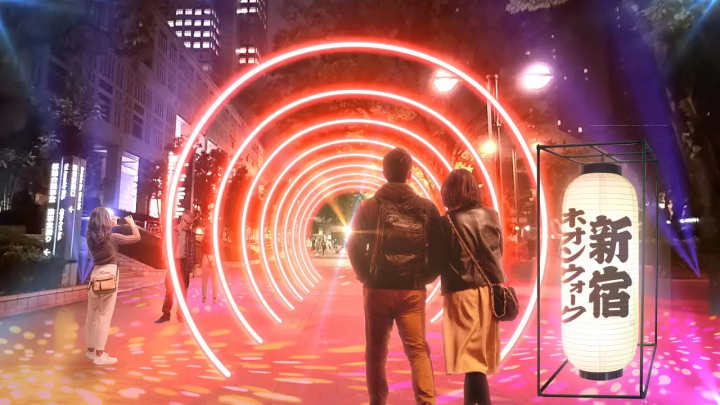
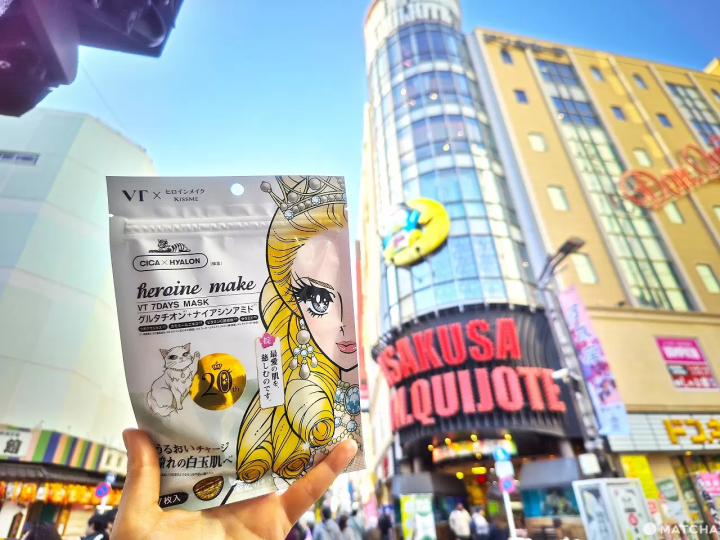
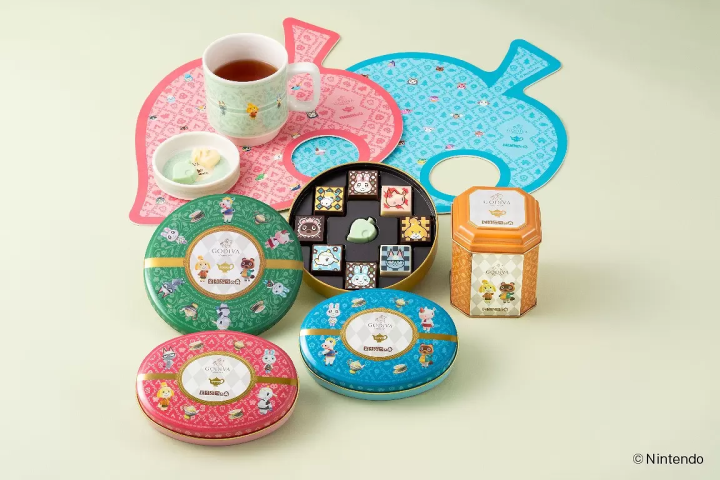
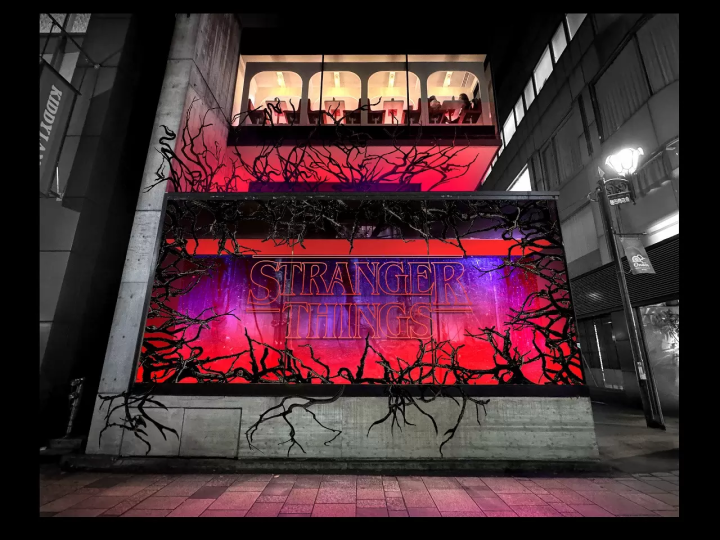
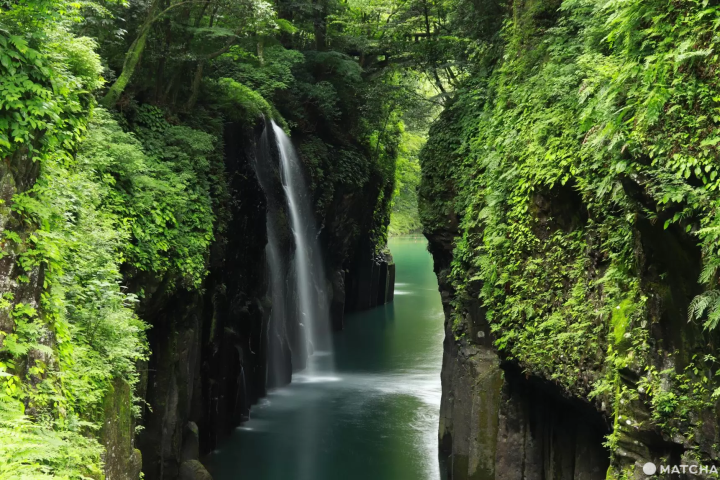





![[JR KYUSHU HOTEL Blossom Oita] A hotel directly connected to Oita Station - A comprehensive guide to access!](https://resources.matcha-jp.com/resize/720x2000/2025/10/23-247814.webp)
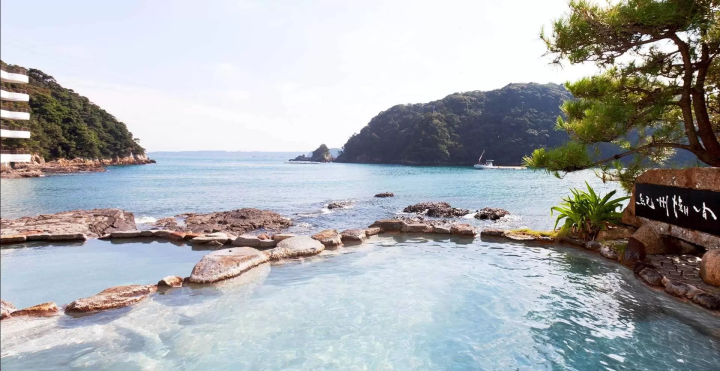
![Deep dive into Japanese brands! A tour of famous leather shoe stores with GENSEI & Nin [Harta Edition]](https://resources.matcha-jp.com/resize/720x2000/2025/12/18-253277.webp)
